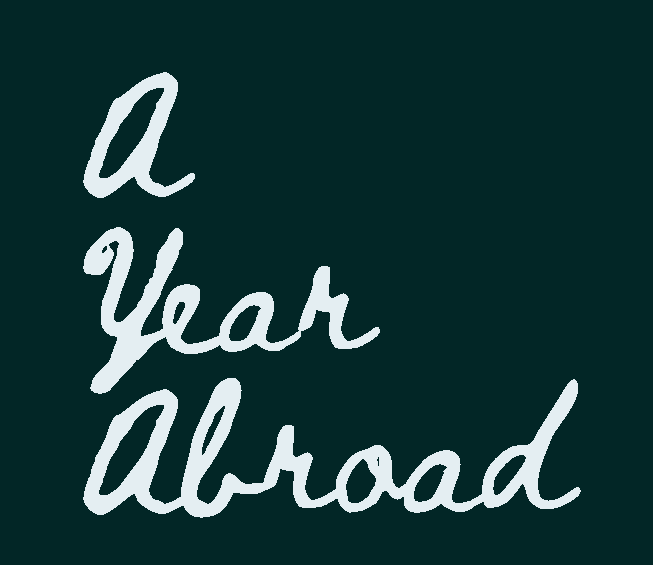Santiago: A perfect city break
Vega Central de Santiago
Anyone remember playing Where in the World is Carmen Sandiego in school? The game where you’d follow cultural clues to find Carmen or her henchmen around the world — including Santiago. For quite a while the clues in that game were the most I knew about Chile’s capital city. After a week here, I’m no expert, but I did learn some things:
English is rare. It’s much easier to find English speakers in Spain, Portugal, Germany, France, Hungary, Iceland, Mexico, Sweden — pretty much anywhere I’ve been except maybe Japan. I mention it because English speakers are spoiled when they travel. So, don’t go to Chile expecting that to be the case! Between my rudimentary Spanish, decent French, English and a bunch of gestures and hand signs I’m getting by. The hard part is being a curious person who wants to ask complex questions but can’t communicate them. Oh and masks also challenge comprehension.
It’s a political city. It’s impossible to miss the political messaging — it’s graffitied, postered and pamphleted all over the city. The country just elected a 35-year-old activist as President giving him the opportunity to rewrite the constitution. In that election some jurisdictions in Santiago swung from the extreme right to the communist party — pretty unexpected! The guidebook says not to talk politics (buzzkill!) but the two citizens I spoke with in English both brought up the recent election. In true Santiago form they each held strongly opposing beliefs about the political situation.
Folks are really quite honest. In Vega Central I dropped a $1000 peso bill (equivalent of $1.50 CAD) and everyone around stopped to make sure I got it back. Out for dinner I tipped more than 10 per cent and the server wouldn’t accept it as it’s not the norm here. Another man gave me a heads up that police were watching the city square and giving tickets for not masking (I had my mask down to drink some water). Actions like these help to create a place where people look out for one another.
Chileans love bread. Fresh, delicious bread is available at every mini-market daily. Not sure what I was expecting, but I didn’t know Chile was such a carb-forward country! These are my people!
I felt safe in Santiago. Some folks told me I was brave for going to Chile. I don’t love that because what I think they mean is brave = foolish. So, here’s what I will say about safety in Chile:
According to the Safe Cities Index prepared by The Economist, Santiago is the safest city in Latin America.
A worldwide study prepared by Newsweek rates Chile as the best country in Latin America to live.
Chile is among South America’s most peaceful countries, being part of the ranking of countries in the region with the lowest serious felonies rates according to a report of Global Peaceful Index of 2015 prepared by the Institute for Economics & Peace.
Personally, I followed all my normal travelling precautions, felt safe during my visit and had no issues.
They aren’t messing around with COVID-19. There are a number of requirements to enter the country:
Negative PCR tests before departure and upon arrival
Fully vaccinated with your vaccinations validated by the Chilean government 30 days in advance of your arrival
Must prove you have at least $30,000 USD in medical insurance
Must complete the symptom checker daily on the Chilean Government app for 5-14 days (depending on circumstances)
Can’t leave your hotel or accommodation until your airport PCR test comes back negative
Must carry and show your Mobility Pass to get into museums, restaurants and pretty much everywhere
Everyone wears masks — even outdoors. Chile can also boast about having one of the highest vaccination rates in the world coming in at number five compared to Canada’s 13th position on the list. According to the New York Times:
93 per cent of the population has at least one vaccine
90 per cent has two vaccines
69 per cent has three vaccines
Street art is everywhere. I love street art and graffiti, but judging from the ‘likes’ on my Insta feed I am in the minority on this one. Street art is beautiful, often political and a sign of resistance — such is the case in Santiago where some of the street art dates back to the dictatorship. In my opinion, street art offers a look at undercurrents of a city. And if nothing else, it’s very colourful and pretty to look at!
As far as big cities go, Santiago offers more than most with its backdrop of mountains, fresh produce from the Central Valley, fascinating history, easy walkability and a thriving vegan scene. Throw in some Chilean wine, dry heat and plenty of city parks and it was the perfect recipe for a city break!
xx Rachel
An example of the mix of new and old architecture which make Santiago so visually interesting.
One example of street art being used to help promote a cause. In this case, a call for justice for a young DJ who was found dead under suspicious circumstances but whose death the police have failed to properly investigate.
Best nectarines and peaches I’ve ever tasted are in Santiago.
Few things beat cafe culture in a beautiful city.





